While eCommerce businesses don’t have many of the restrictive overhead costs associated with brick-and-mortar stores, keeping costs low is still necessary for the company to facilitate growth. And one of the most effective ways that eCommerce companies can reduce costs is by improving customer retention.
It is roughly 500% more expensive to acquire a new customer than to retain an existing customer. So eCommerce companies need to implement customer retention strategies that reduce customer churn and increase the average lifetime value of each customer deciding to purchase their products.
eCommerce Customer retention can seem like a complex and time-consuming marketing sector, but we’ve narrowed down 7 customer retention strategies that won’t take a lifetime for your company to implement.
TL-DR: Businesses can start their retention marketing strategy by providing an exceptional customer experience. This experience encompasses everything from a customer’s various interactions with your brand’s touchpoints, to your marketing strategies, and any reward programs you implement to incentivize customers to stick with your brand. All of these things work together to create a positive customer experience that will make customers want to stay loyal to your brand.
Table of Contents:
1. Provide Exceptional Customer Experience
2. Create A Compelling Email Marketing Strategy
3. Consider Starting A Loyalty Program
4. Personalize Your Retention Marketing
5. Engage With Your Customers
6. Use Your Channels For More Than Just Marketing
7. Increase Brand Loyalty With A Referral Program

1. Provide Exceptional Customer Experience
Let’s be completely honest here. This is the fundamental customer retention strategy that all businesses need to live by. Whether you’re an eCommerce business, a restaurant, or a service provider, you will not make it if you aren’t providing your customers with the absolute best service possible. It simply doesn’t matter what other strategies you employ. If your customer experience sucks, negative word-of-mouth will eventually kill your business.
Providing a positive customer service experience is possibly even more nuanced than doing so in a brick-and-mortar store. While the age-old truths of providing friendly, convenient service and quickly resolving customer issues and complaints are all still applicable, eCommerce businesses must provide a good customer experience on their virtual touchpoints.
Everything from your page load times and your website’s ease of navigation to self-service options and your responsiveness to customers across multiple channels needs to work together to provide the best experience possible.
If your eCommerce business can’t deliver these diverse experiences, customers will flock to brands that can. Thankfully, many of these digital customer experience issues can be handled in-house—with the right amount of time and dedication—or by a third-party agency experienced in the appropriate areas.
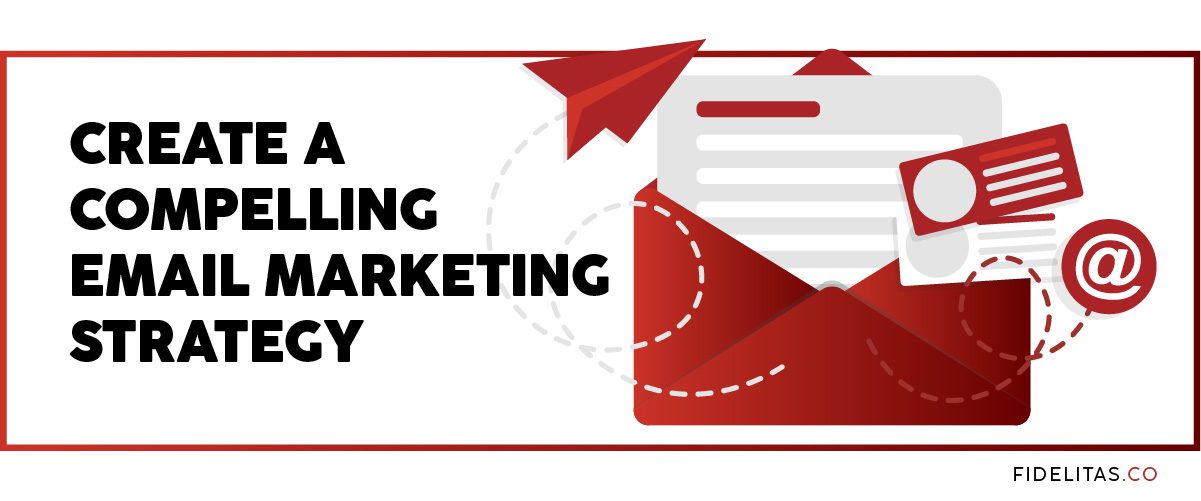
2. Create A Compelling Email Marketing Strategy
The importance of your retention marketing cannot be overstated. It’s arguably your single most important marketing channel. It’s a direct line of communication to people who have already expressed interest in your brand simply by signing up. But merely having a list of email subscribers interested in your products isn’t enough if you don’t create an optimized email marketing strategy.
Automations are the best place to start planning your email marketing strategy. There are several key retention automations that you need to implement that will help keep your customers engaged and coming back for more. Automations such as post-purchase flows, feedback request flows, and win-back flows are great retention options that can help maximize your customer lifetime value.
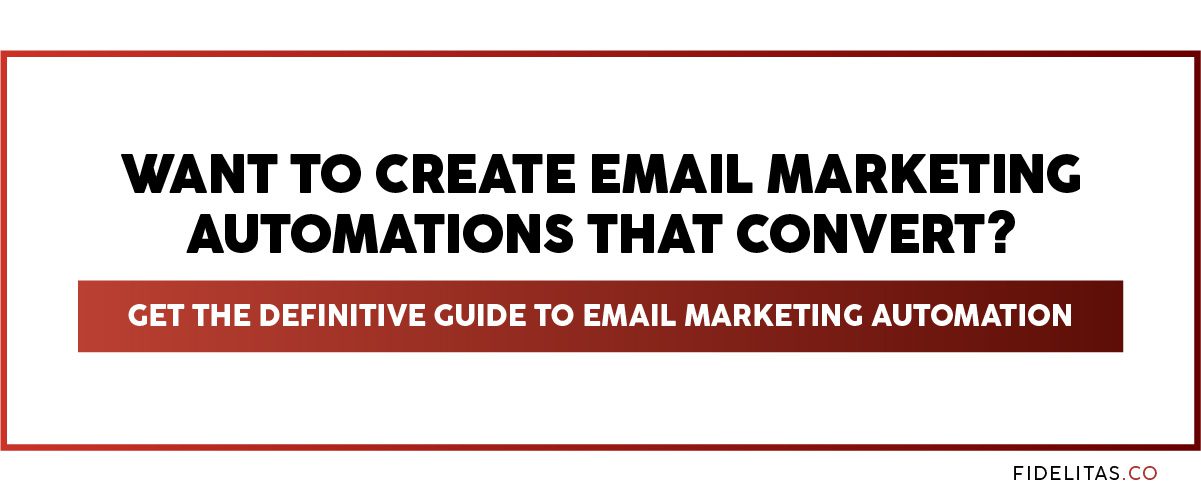
Outside of automated email flows, there are an infinite number of unique email campaigns that you can use to get your customers shopping again. You can send out exclusive offers, holiday gift guides, new product announcements, and more to get subscribers to become repeat customers.
Get Inspired By Our 20 eCommerce Email Marketing Ideas To Boost Your Sales
One of the most important things to remember about email marketing is that you aren’t finished once an email has been sent out. Make sure you’re A/B testing to find out what combinations of copy work best to drive sales. Identify elements you can change if an automation or one-off campaign isn’t driving the results you’re expecting.
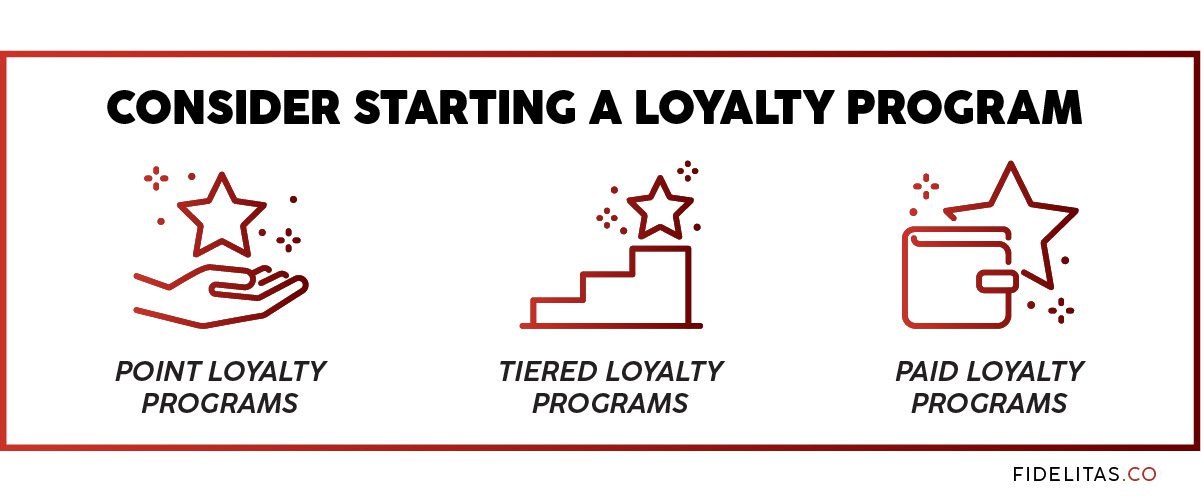
3. Consider Starting A Loyalty Program
Loyalty programs are everywhere. Think of any top-performing consumer brand, and they’re likely running some form of loyalty program. Many such programs even have their own applications that will send notifications to users with limited-time offers, check-out reminders, new product notifications, and more!
If you’re wondering why more and more brands are choosing to run loyalty programs, the answer is simple. The return on investment is too good to miss out on. According to research from McKinsey & Company,
consumers who join a brand’s free loyalty program are 30% more likely to continue purchasing from the brand. Considering how valuable repeat customers are compared to new customers, running a program that increases retention seems like a no-brainer.
Brands can implement three common loyalty programs: a point system, a tiered system, and a
paid loyalty system.
Point Loyalty Programs
Using a point system, users are rewarded with a specific number of points for every dollar they spend. Once someone has accumulated a certain amount of points, they can redeem them for a coupon or other reward. Abercrombie and Starbucks provide excellent examples of how brands can implement such programs.
Tiered Loyalty Programs
Tiered loyalty programs typically also involve points, but once a user reaches a specified spending milestone, they unlock an additional set of perks. Nordstrom has a great example of how brands can progressively add value to new tiers. Free members receive early access to sales, but top-tier members get access to a personal stylist, free 2-day shipping, and more! Being a member of the ambassador tier is something special that you’re rewarded for, and the entire program drives the idea that you want to be a Nordstrom ambassador.
Paid Loyalty Programs
In paid loyalty programs, members pay to join but instantly gain access to great member benefits. Amazon Prime is the greatest example of this. As a member, you get free 2-day shipping, free Prime music, free Prime TV, access to Prime Days, and more!
McKinsey found that paid members are 60% more likely than non-members to make repeat purchases.
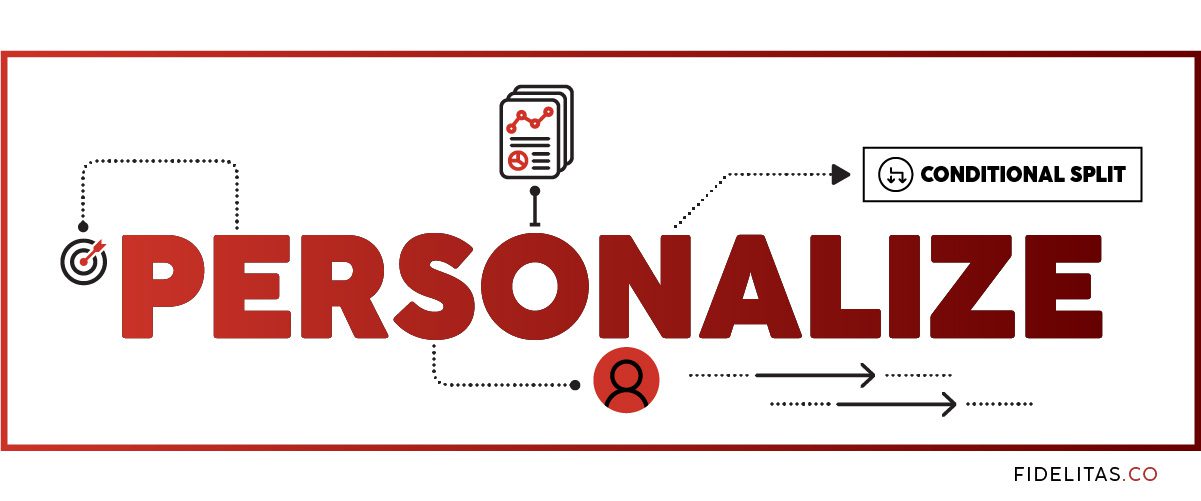
4. Personalize Your Retention Marketing
Personalization in marketing has been all the buzz for the past several years. Some personalization tactics—like using customers’ names in the subject line or header of an email—have become ubiquitous across the marketing landscape. If you Google “how to add personalization to your email marketing,” this is certainly one of the most common answers you’d find due to how simple it is to implement.
But that tactic is barely even scratching the surface. In-depth personalization involves tracking user interest and delivering marketing materials based on what is most likely to achieve a conversion at an individual level.
There are many ways to uncover the personalization data you need. You can ask users to select their interests during the email opt-in process. You can use behavioral tracking to send automated emails based on how customers behave on your website. You can segment your campaigns based on a customer’s previous purchases.
When you take a more holistic approach to marketing personalization, it involves far more than just addressing an individual by name.
And when personalization is properly implemented, brands can increase their revenue by anywhere from 5% to 25%.
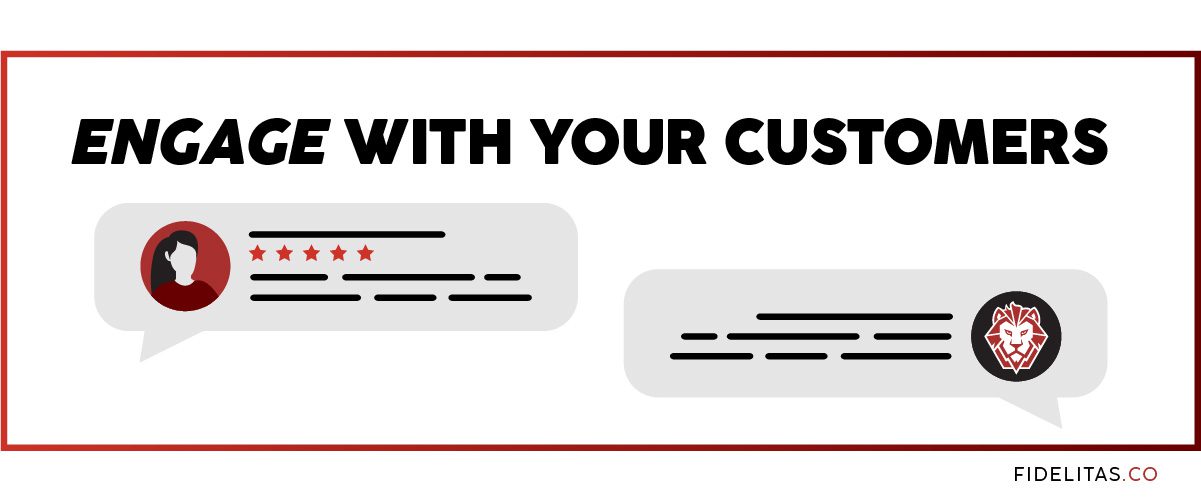
5. Engage With Your Customers
This may seem like a no-brainer, but an often overlooked eCommerce customer retention strategy can impact how customers view your business. Providing a positive customer experience is vital to increasing retention rates. For eCommerce brands, that means more than simply having a well-functioning website. It means actually taking the time to engage with them online, and there are multiple places you should be doing this.
First and foremost are your review pages. If you can respond to reviews on your website, Google listing, or Yelp, then spend some time doing it. If there are bad reviews, respond by letting them know you’d like to connect with them about how your company can resolve the issue. If there are positive reviews, respond by telling them how much you appreciate their business and kind words. Remember, reviews not only impact how other customers will view your product or service, but
reviews can have either a positive or negative impact on your website’s SEO.
If you have a solid social media presence, make sure you’re taking the time to engage with your customers there too. Sometimes customers will bring complaints directly to your social media, and you can address them there. Depending on your industry, customers may make individual posts with images of your products. Assuming the content of UGC is positive, consider sharing it on your page as a “shout-out” of sorts.
People will remember how you made them feel, so be sure to take time to make them feel valued when interacting with you online.
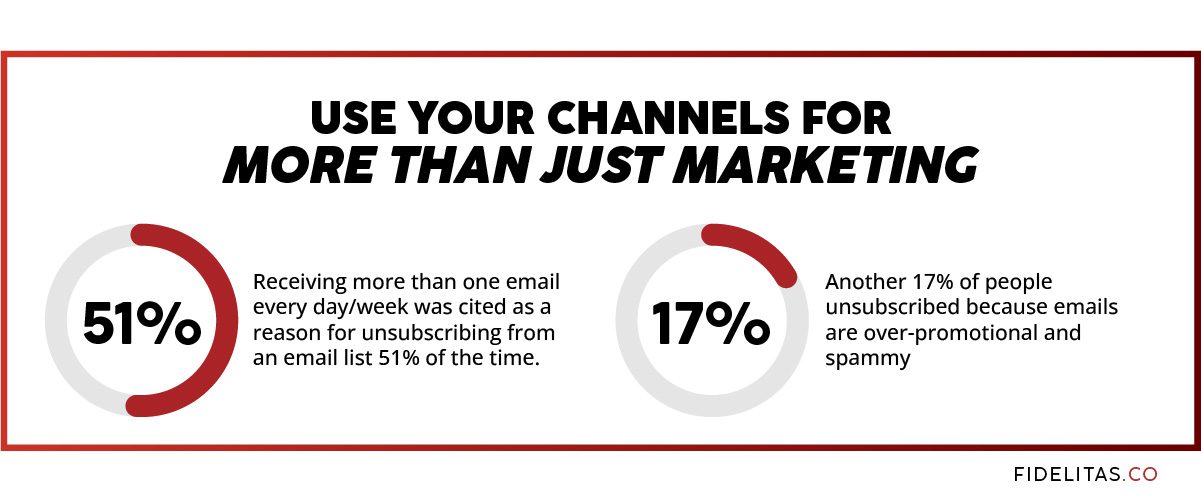
6. Use Your Channels For More Than Just Marketing
Nobody likes to be spammed with promotional content. If a customer receives too many promotions in their inbox they’re more likely to unsubscribe, report you as spam, or even block your accounts altogether.
Receiving more than one email every day/week was cited as a reason for unsubscribing from an email list 51% of the time, and another 17% of people unsubscribed because emails are over-promotional and spammy.
Customers aren’t subscribing to your email lists just to be bombarded with sales emails. They want to be subscribed to email lists that actively provide value. Tell them how they can use the products they’ve already purchased to meet their needs and solve their problems. Share success stories with them and invite them to share their own. Provide them with educational content. There are numerous ways to engage with customers and drive retention without sending out a constant flow of promotional emails.
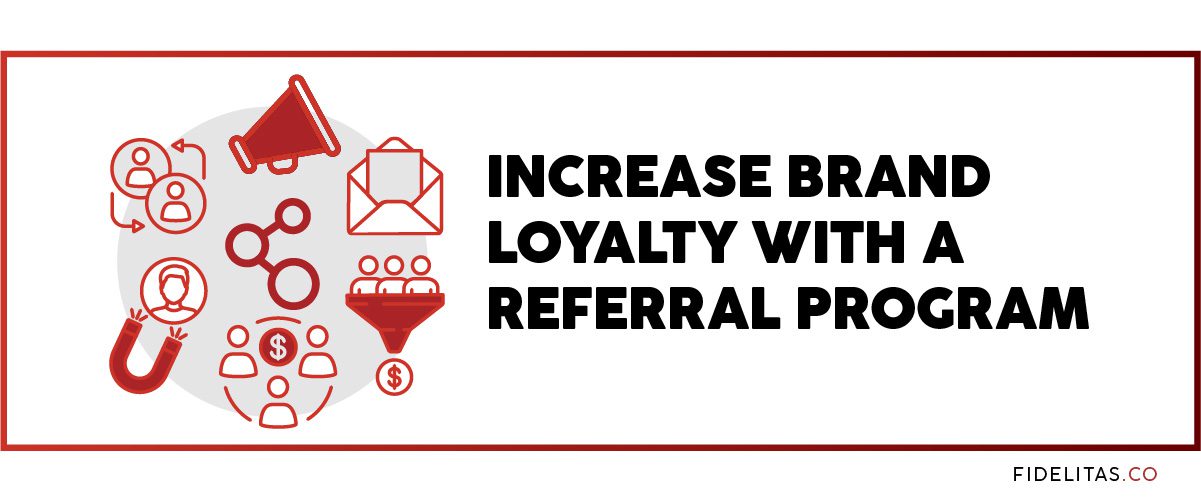
7. Incentivize Brand Loyalty With Referral Programs
While referral programs might not seem like an obvious eCommerce customer retention strategy, they can greatly increase loyalty while simultaneously creating new customers.
A good referral program provides current and prospective customers with enough value to make it worth referring friends and taking a chance on a new brand.
Athletic Greens is an excellent example of a DTC brand implementing a referral program that rewards the new customer, the returning customer, and the company.
The new customer receives several FREE products after their first purchase, the existing customer gets $15 off for each friend successfully referred, and the brand boosts its customer base and customer loyalty.
Why Do Referral Programs Work So Well?
Essentially, these programs are effective because they incentivize customers to bring in qualified leads for a discount on the services they already love. The customer doesn’t get anything if the individual they refer to doesn’t make a purchase or sign up, so they’re going to make referrals to individuals who are likely to find value in the product.
In the case of Athletic Greens, existing customers are likely to be athletes, regulars at the gym, or individuals who need to supplement their intake of leafy greens. They probably also use products like whey protein, creatine, and other workout or health supplements. So they’ll likely refer others who live a similar lifestyle and may have never otherwise heard of the product.
That being said, the existing customer has to have some initial buy-in. If they already don’t have some level of loyalty to the brand, then they’re not likely to want to refer the product—especially if it’s an expensive product like Athletic Greens. Take note that Athletic Greens also uses a subscription loyalty program to increase its customer retention out of the gate.
How To Start Implementing These 7 eCommerce Customer Retention Strategies Today
Obviously, providing an excellent customer experience needs to be the starting point for any customer retention plan. If customers don’t have a positive experience when purchasing your product, they will not return. Nailing the customer experience has to take precedence over everything else.
Loyalty and retention programs will take time and planning to get right. These will require internal analyses and decisions to be made. Such programs might be too costly to implement. And while they can achieve great success, it’s ultimately up to you to decide if it’s feasible for your business.
However, you don’t have to tackle strategies like personalized retention marketing alone. Working with an experienced marketing agency is a valid and worthwhile option if you want to hit the ground running with these strategies. If you’re ready to drive business growth through your retention marketing efforts, contact Fidelitas today to learn how we can help.
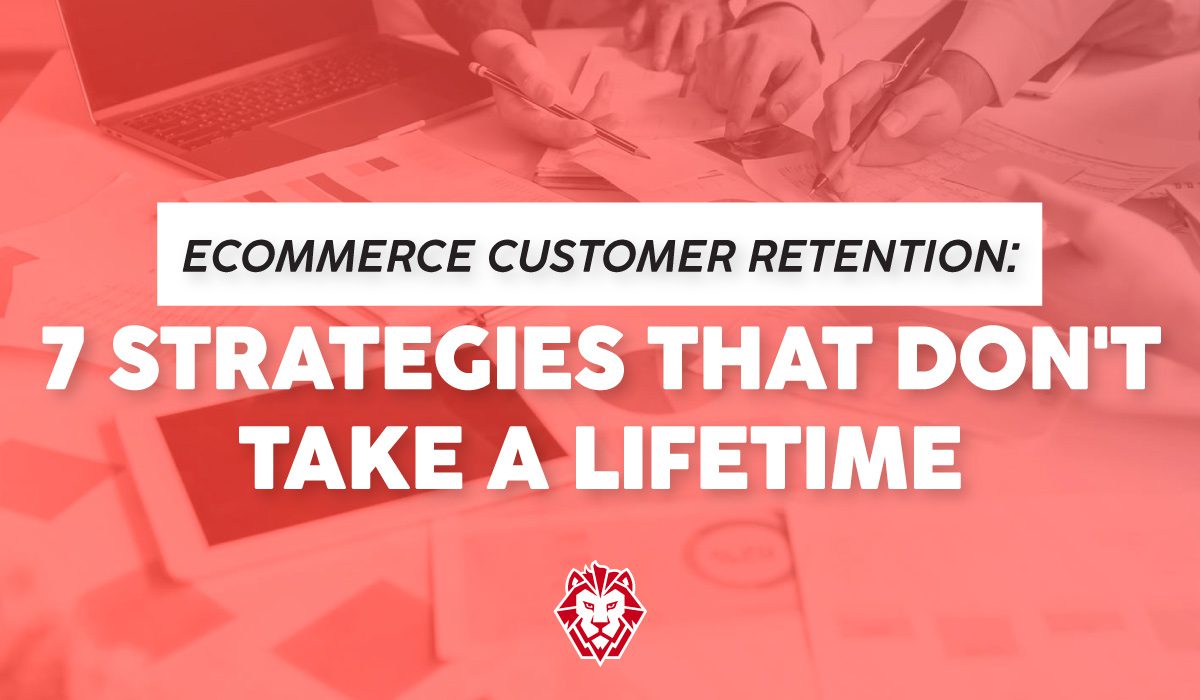


 Outside of automated email flows, there are an infinite number of unique email campaigns that you can use to get your customers shopping again. You can send out exclusive offers, holiday gift guides, new product announcements, and more to get subscribers to become repeat customers.
Get Inspired By Our 20 eCommerce Email Marketing Ideas To Boost Your Sales
One of the most important things to remember about email marketing is that you aren’t finished once an email has been sent out. Make sure you’re A/B testing to find out what combinations of copy work best to drive sales. Identify elements you can change if an automation or one-off campaign isn’t driving the results you’re expecting.
Outside of automated email flows, there are an infinite number of unique email campaigns that you can use to get your customers shopping again. You can send out exclusive offers, holiday gift guides, new product announcements, and more to get subscribers to become repeat customers.
Get Inspired By Our 20 eCommerce Email Marketing Ideas To Boost Your Sales
One of the most important things to remember about email marketing is that you aren’t finished once an email has been sent out. Make sure you’re A/B testing to find out what combinations of copy work best to drive sales. Identify elements you can change if an automation or one-off campaign isn’t driving the results you’re expecting.




